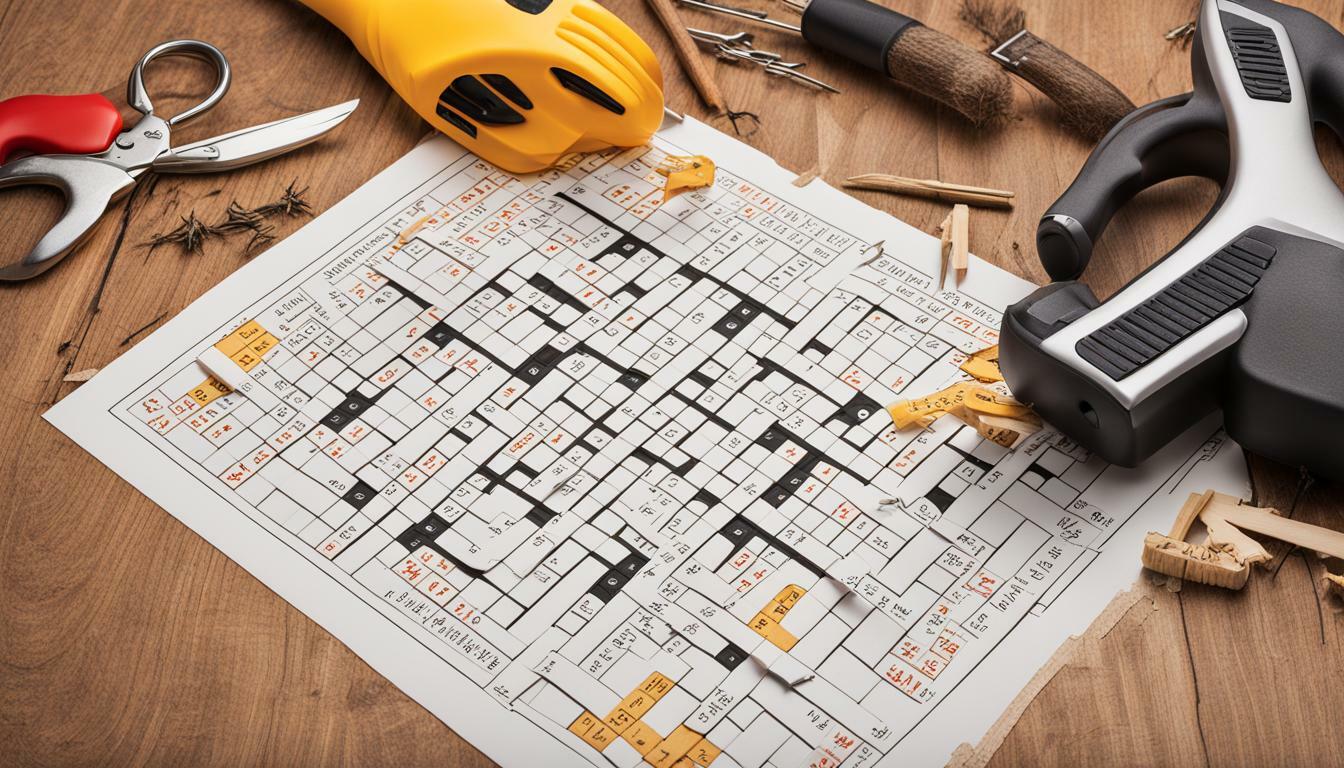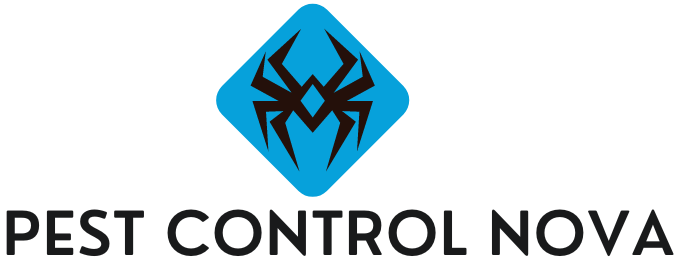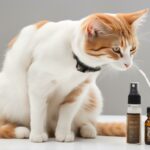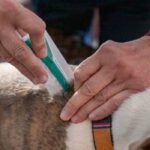
As a professional in the commercial pest control industry, it’s important to stay up-to-date on the latest industry skills and knowledge. That’s why I’m excited to introduce you to our new commercial pest control crossword puzzle! This interactive activity is designed to test your knowledge and help improve your skills related to commercial pest control.
Key Takeaways:
- Our commercial pest control crossword puzzle is an interactive activity designed to improve industry skills.
- Staying up-to-date on the latest industry knowledge is important for professionals in the commercial pest control industry.
The Importance of Commercial Pest Control
As a professional in the commercial pest control industry, I cannot stress enough the significance of pest prevention measures for businesses. Neglecting pest control can result in severe property damage and pose health risks to employees and customers. Therefore, it is essential to prioritize pest control measures and take action promptly when a pest infestation occurs.
Preventing pest infestations is crucial in protecting your business from significant property damage. Pests can chew through wires and insulation, causing electrical problems and structural damage to your property. Furthermore, termites and rodents can cause severe damage to buildings and other structures, putting the safety of people at risk. Regular pest prevention measures can prevent such damage, saving businesses from costly repairs.
Another important aspect of commercial pest control is the health risks that pests can pose. Pests can spread dangerous diseases and contaminate food items stored in restaurants and cafes. This puts employees and customers at risk of illness, which can lead to a loss of business and a damaged reputation. Effective pest control measures can help eliminate these risks, ensuring a safe and healthy environment for all.
In conclusion, the importance of commercial pest control cannot be overstated. Prioritizing pest prevention measures can prevent property damage and protect the health and safety of employees and customers. Taking prompt action when a pest infestation occurs is crucial in mitigating risks and preventing further damage. Remember, prevention is always better than cure when it comes to pests.
Common Commercial Pest Infestations
There are several types of pests that commonly infest commercial properties. Proper identification is crucial to developing effective pest control strategies. Let’s take a closer look at some of the most common pests encountered in the commercial sector, along with their behavior and potential risks.
| Pest | Identification | Behavior | Risks |
|---|---|---|---|
| Rodents | Long tails, sharp teeth, pointed snouts, and large ears | They are mostly active at night, are good climbers, have a keen sense of smell, and can squeeze through small openings. | They can contaminate food, transmit diseases, and cause extensive property damage by gnawing on wires and structures. |
| Cockroaches | Flat, oval-shaped bodies with long antennae and six legs | They are fast runners, nocturnal, and prefer warm, moist environments. | They can trigger allergies and asthma, contaminate food, and carry pathogens that cause diseases. |
| Bed Bugs | Small, reddish-brown insects with a flat, oval-shaped body | They are nocturnal and feed on human blood | They can cause itchy, painful bites, and infestations can lead to loss of business and reputation damage. |
Identifying the behavior and risks of these common commercial pests can help determine the most effective pest control measures.
Commercial Pest Control Methods
There are several pest control methods that can be implemented in commercial settings, including integrated pest management (IPM) techniques and chemical treatments.
Integrated pest management involves a holistic approach that focuses on prevention and uses a combination of methods to control pest infestations. This can include identifying and eliminating entry points, reducing food and water sources for pests, and implementing traps and baits. The benefit of IPM is that it is environmentally friendly and can reduce the need for chemical treatments. However, it can be a more time-consuming and complex process compared to other pest control methods.
Chemical treatments involve the use of pesticides to eliminate pests. These treatments can be effective in quickly eradicating pests, but they can also be harmful to humans and the environment if not used properly. It is important to use a licensed and experienced pest control provider to ensure that chemical treatments are applied correctly and safely.
| Method | Pros | Cons |
|---|---|---|
| IPM | Environmentally friendly, reduces the need for chemicals, can be effective long term | Time-consuming, complex, may not be effective in severe infestations |
| Chemical treatments | Quickly eradicates pests, can be effective in severe infestations | Harmful to humans and the environment if not used correctly, may require repeat treatments |
It is essential to choose the right pest control method for your business based on the severity of the infestation and your specific needs. A reputable pest control provider will be able to recommend the most effective and safe solution for your business.
Choosing a Commercial Pest Control Provider
When it comes to commercial pest control, it is essential to partner with a reputable and experienced pest control provider. Choosing the right provider can make all the difference in ensuring a safe and healthy environment for your business.
Industry experience is a critical factor to consider when selecting a commercial pest control provider. The provider you choose should have extensive knowledge and experience in dealing with pests commonly found in commercial properties. This expertise enables them to identify and develop effective pest management plans tailored to your unique needs.
Another crucial factor is selecting a provider offering customized pest management plans that are specific to your property and business type. A reliable commercial pest control provider will conduct a comprehensive assessment of your property to identify potential pest entry points, conducive conditions, and the extent of the infestation. Based on the findings, they will develop a tailored pest management plan to address your specific needs.
It is also important to check whether the provider you choose has the necessary certifications and licenses. Proper certification and licensing demonstrate that the provider follows industry-standard practices, adheres to safety regulations, and uses appropriate pest control procedures.
Ultimately, choosing the right commercial pest control provider is an investment in the health and safety of your business. With proper pest management, you can minimize the risk of property damage, uphold regulatory compliance, and protect the reputation of your brand.
The Role of Technology in Commercial Pest Control
With the advancements in technology, the field of commercial pest control has seen significant improvement in pest prevention and management. The use of technology has made it possible to detect and address pest problems before they escalate into significant infestations.
Pest monitoring devices are now widely used by commercial pest control providers to track pest activity. These devices allow for the early detection of pests and provide real-time data that helps in making informed decisions on pest control strategies. The data collected from these devices can also be used to identify trends and patterns in pest behavior, which helps in creating effective pest management plans.
Data analysis tools have also played a significant role in commercial pest control. These tools allow for the quick analysis of large amounts of data and provide valuable insights into pest behavior and activity. This data helps in identifying areas that are prone to pest infestations and enables the creation of proactive pest management plans.
Pest Monitoring Devices
There are several types of pest monitoring devices used in commercial pest control. Some of these devices include:
| Device | Description |
|---|---|
| Glue Boards | These are sticky pads placed in areas where pests are likely to travel. The pests get stuck on the pads, and their numbers can be counted to determine the level of pest activity. |
| Traps | These devices capture pests alive, making it possible to identify the species and determine the best pest control strategy. |
| Bait Stations | These devices contain a poison bait that attracts pests and kills them. Bait stations are used to address specific pest problems and are also used to monitor pest activity in a given area. |
Data Analysis Tools
Commercial pest control providers use data analysis tools to analyze data collected from pest monitoring devices and other sources. The data is used to identify trends in pest activity and behavior, which helps in creating proactive pest management plans. Pest management plans are customized to address the specific needs of a business and involve a combination of pest control methods.
Data analysis tools also help in identifying areas that are prone to pest infestations, allowing commercial pest control providers to create a more targeted pest control strategy. Additionally, data analysis tools make it possible to track the effectiveness of pest control measures and adjust strategies as needed.
The use of technology in commercial pest control is transforming the industry, providing businesses with more effective and efficient pest control solutions. As technology continues to advance, commercial pest control providers will be able to provide even better pest prevention and management services.
Conclusion
In summary, commercial pest control plays a critical role in maintaining a safe and healthy environment for businesses. Neglecting pest control measures can lead to property damage and a host of other negative consequences. The crossword puzzle activity is a great way to test your knowledge and improve your industry skills related to commercial pest control.
It is important to identify common commercial pests and understand their behavior to effectively control and prevent infestations. Integrated pest management (IPM) techniques and chemical treatments are just a few of the methods used to manage pests in commercial settings. When selecting a commercial pest control provider, it is essential to consider their industry experience and the importance of a customized pest management plan.
Technology has also played an important role in advancing commercial pest control. Pest monitoring devices and data analysis tools have enhanced pest prevention and management. Overall, the crossword puzzle activity and other educational resources can help improve industry skills and promote effective pest control practices in commercial settings.
FAQ
Q: What is the purpose of the crossword puzzle?
A: The crossword puzzle is designed to test your knowledge and improve your industry skills related to commercial pest control.
Q: Why is commercial pest control important?
A: Commercial pest control is important because it helps prevent property damage and maintains a safe and healthy environment for businesses.
Q: What are the most common types of pests that infest commercial properties?
A: The most common types of pests that infest commercial properties include rodents, cockroaches, ants, termites, and flies.
Q: What pest control methods are used in commercial settings?
A: Pest control methods used in commercial settings include integrated pest management (IPM) techniques and chemical treatments.
Q: How do I choose a reputable commercial pest control provider?
A: When choosing a commercial pest control provider, consider factors such as industry experience, certifications, and the availability of a customized pest management plan.
Q: How has technology advanced in the field of commercial pest control?
A: Technology has advanced in the field of commercial pest control with the use of pest monitoring devices, data analysis tools, and other technological innovations that enhance pest prevention and management.
- Does Flea Treatment Kill Lice? - September 8, 2023
- Does Flea Treatment Kill Mites? - September 8, 2023
- How to Put Flea Treatment on a Dog? - September 8, 2023






